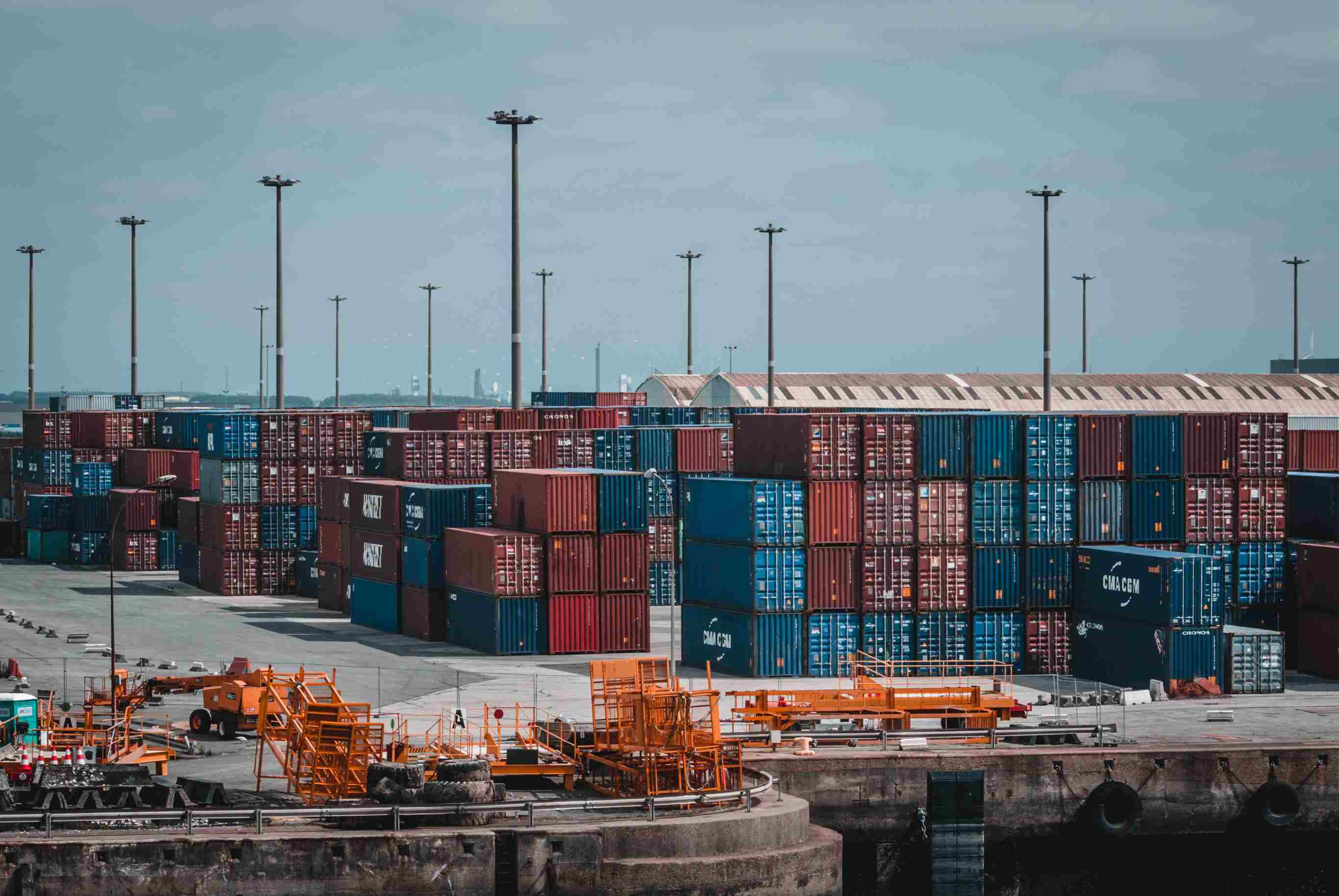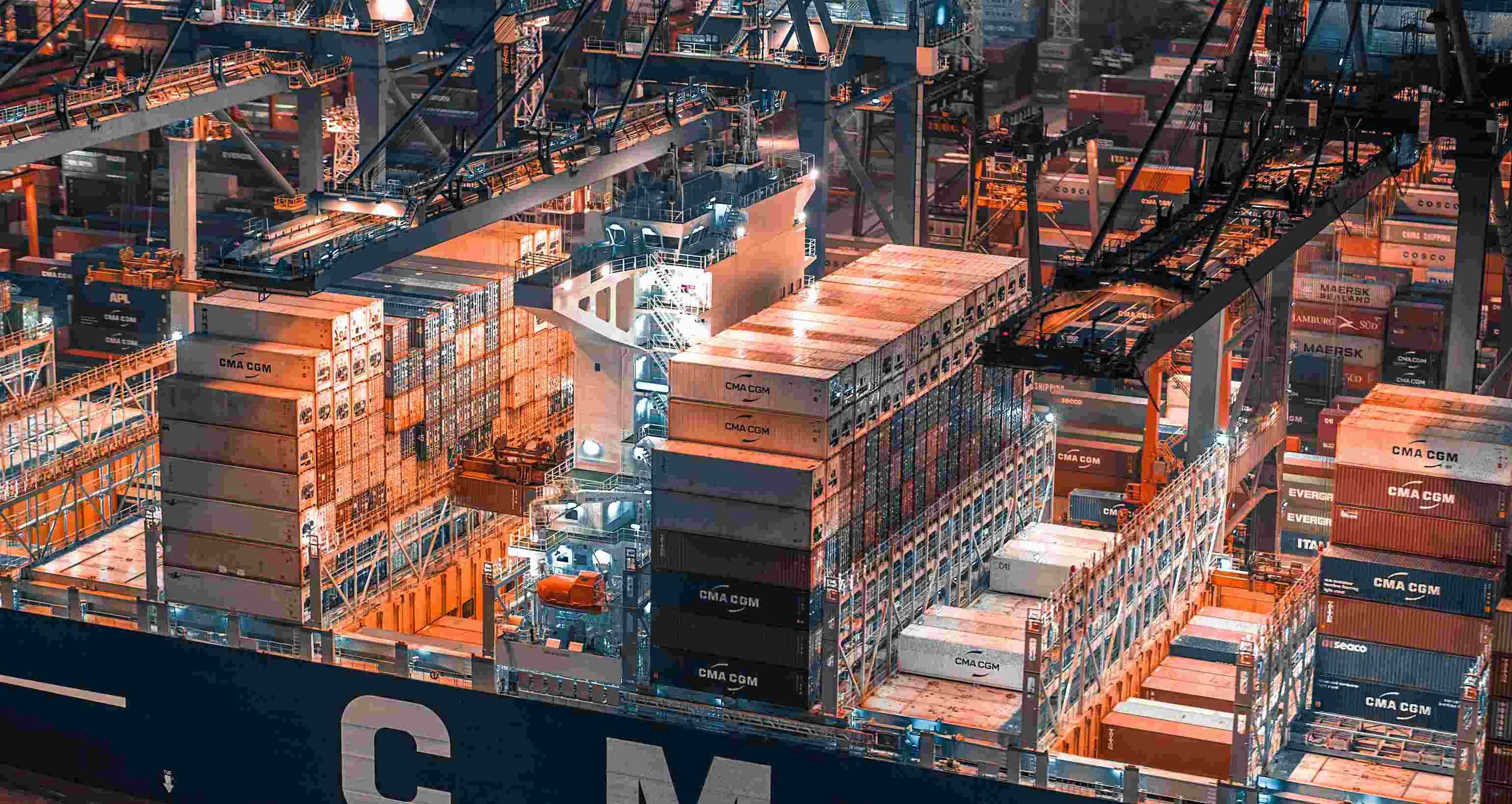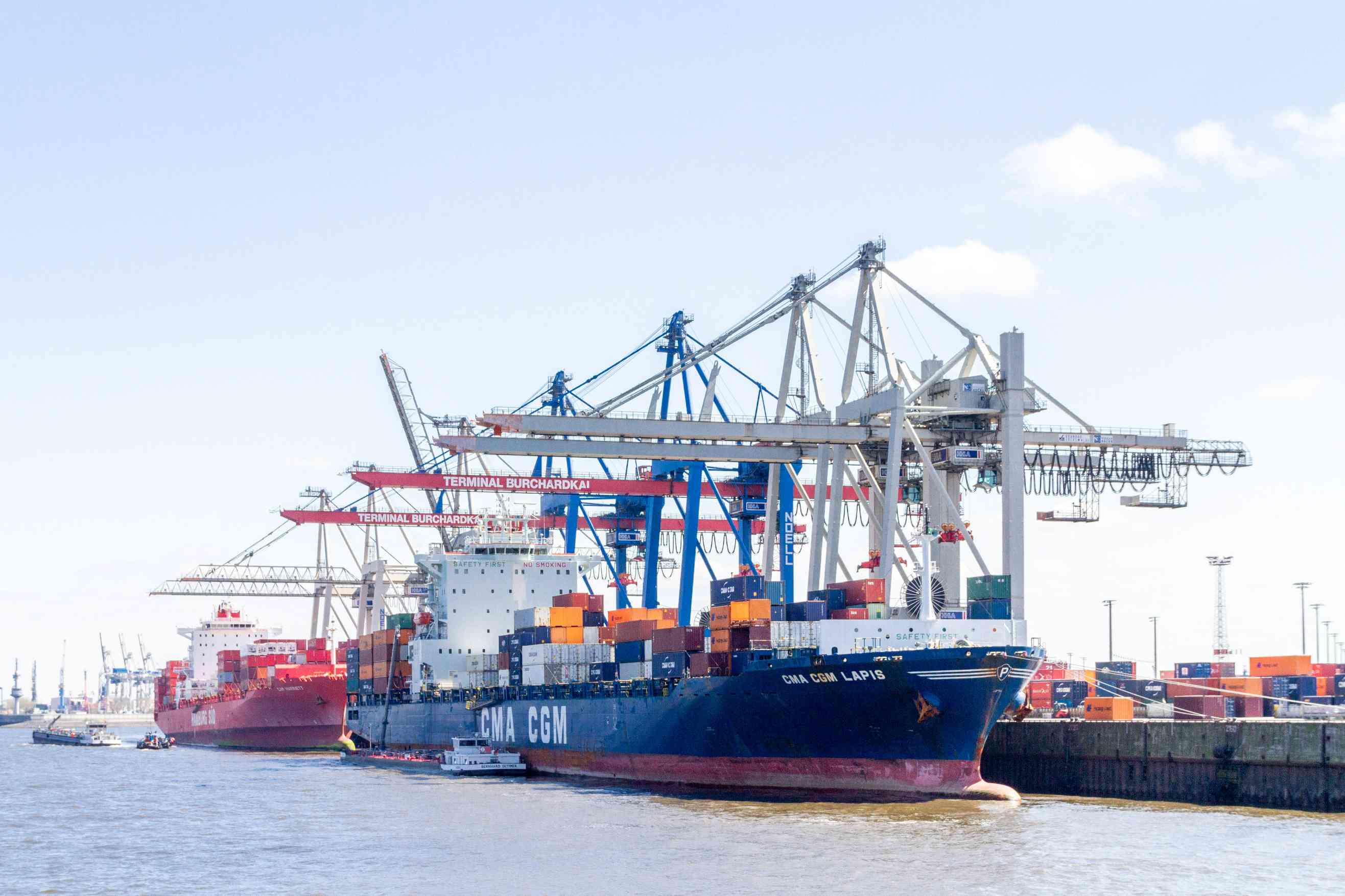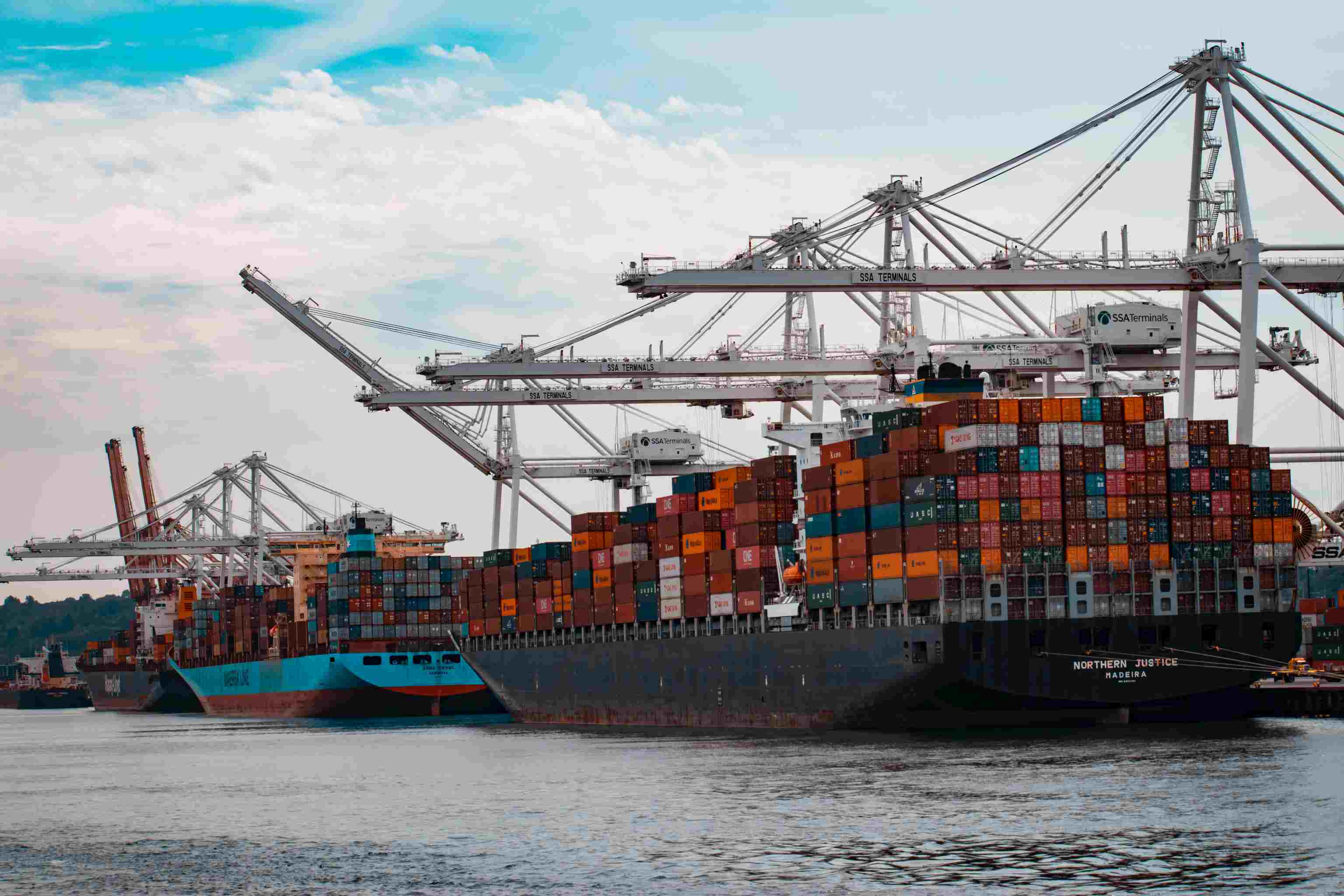China's container throughput increased slightly by 6.1% in the first half
1. Global transportation demand is growing
According to the forecast of the International Monetary Fund (IMF), the world economic growth rate will be 3.3% and 3.8% in 2015 and 2016, respectively. The economic recovery is still challenged by many unfavorable factors. By region, advanced economies are expected to achieve 2.1% growth this year. According to the forecast data of the well-known industry consulting company Clarkson, the global container shipping volume in the first half of 2015 will reach 88.9 million TEUs, an increase of 8.2% over the same period of the previous year.send package from china
The proportion of large ships continued to rise. In the first half of 2015, with the successive delivery and operation of large container ships, the continuous expansion of market capacity was driven. Clarkson statistics show that as of early July 2015, the number of global container ships was 5,157. The capacity was 18.978 million TEUs, an increase of 4.1% compared with the beginning of 2015, and the growth rate accelerated by 1.7 percentage points compared with the same period last year. Among them, the capacity of full container ships above 8000TEU increased from 37.2% at the beginning of 2015 to 39.4%. Ship dismantling volume has dropped significantly. According to Clarkson data, as of the beginning of June 2015, the global total container ship dismantling volume was only 74,000 TEU, a significant decline of 71.3% compared with the same period last year. Among them, the dismantling volume of vessels of more than 3000 TEU decreased from 201,000 TEU in the same period last year to 28,000 TEU, a year-on-year decrease of 86.2%.
The ratio of idle capacity bottomed out. According to statistics from the famous shipping consultancy Alphaliner, the average idle capacity accounted for 1.4% of the total capacity in January-May this year, a significant decrease of 2.1 percentage points compared with the same period of the previous year. This is an increase of 9.1% over the same period last year.
Market competition has boosted the demand for small and medium-sized ships, and the level of rental benefits has increased significantly. In the first half of this year, the rents of most container ship types increased significantly, and the overall market rent level showed a rapid upward trend. According to Clarkson statistics, as of the beginning of June 2015, except for the daily rent of 9000TEU container vessels, which decreased slightly from the beginning of the year, the daily rent levels of other types of container vessels from 2000TEU to 6800TEU have increased significantly, and there have been increases in the daily rents of multiple types More than 50%, of which, the 3500TEU type has the highest increase, 72.8%.
Analyze the reasons. As the increase in the size of ships has reduced the burden for carriers and increased efficiency, it has also raised the industry competition threshold. Shippers can only follow up and vigorously build their own ultra-large ships, thereby stimulating the demand for small and medium-sized ships in the market . At the same time, the low international oil prices have also improved the ability of shippers to afford vessel rents. In addition, the market's optimism about transportation in the Asian region has also increased the market's demand for small and medium-sized ships. Therefore, the rental level of this type of ship began to rise rapidly within the year.
2.Internal branch container throughput growth picks up
Statistics show that in the first half of 2015, China ’s total value of imports and exports was US $ 1,880.78 billion, down 6.9% from the same period last year, and the growth rate was down 8.1% year-on-year. Among them, exports were US $ 107.21 billion, a slight increase of 1.0% year-on-year; imports were US $ 808.76 billion, a year-on-year decrease of 15.5%; the trade surplus was US $ 263.25 billion. In terms of cargo classification, in the first half of this year, mechanical and electrical products that accounted for more than half of the total export trade, the cumulative export growth rate was 3.1%, an increase of 4.7 percentage points over the same period last year. Among other suitable goods, exports of footwear, plastic products, bags and toys also increased.
The report shows that China's port container throughput continues to grow weakly. In the first half of the year, the container throughput of ports above designated size in China was 102,728,800 TEU, a year-on-year increase of 6.1%, and the growth rate was 0.4 percentage points higher than the previous year. Among them, the container throughput of ports above the coastal scale was 92.102 million TEU, an increase of 5.6% year-on-year, and the growth rate fell by 1.3 percentage points; the container throughput of the ports above the river scale was 10.625 million TEU, an increase of 10.5% year-on-year.
In the first half of 2015, the prices of most routes continued to decline, and several routes hit record lows. At the beginning of the year, driven by the peak of traditional Chinese New Year shipments, market freight rates rose slightly in the short term. During the off-season of traditional transportation after the holiday, the market freight rate failed to stabilize, the market freight rate of many routes fell rapidly, and the airline's freight rate increase plan also ended in failure. In the second quarter, although the market transportation demand was restored, due to the rapid growth of transportation capacity in the same period, the market freight rate still failed to stabilize, but continued to fall rapidly, and many routes continued to bottom out. On June 26, the comprehensive freight index of China's export containers released by the Shanghai Shipping Exchange was 811.09 points, a sharp decline of 23.5% from the beginning of the year; the average value of the first half of the year was 969.9 points, a decrease of 12.0% from the same period of the previous year; The index was 1058.7 points, down 36.3% from the beginning of the year; the average for the first half of the year was 831.2 points, down 23.5% from the same period last year.
In the first half of this year, the growth rate of container throughput in domestic branch ports picked up. According to incomplete statistics from the Shanghai Shipping Exchange, from January to June, the container throughput of the top 20 domestic feeder ports in the country completed 8.498 million TEUs, a year-on-year increase of 7.4%. Shanghai, Shenzhen, and Guangzhou continued to grow steadily. The internal branch line throughput reached 2.328 million TEU, 1.110 million TEU, and 952,000 TEU, with growth rates of 1.1%, 4.1%, and 11.6%, respectively.
Consumer demand in the domestic market continues to grow steadily, and promotes the overall development of domestic trade container transportation. According to incomplete statistics from Shanghai Shipping Exchange, in the first half of this year, the domestic container throughput of the top 20 container ports in the country was 27.513 million TEU, an increase of 4.9% over the same period of the previous year. By region, North China and South China increased, while some ports in East China experienced a slight decline.
3. Transport demand weakens in the second half of the year
The World Economic Outlook published by the IMF in July predicts that the world economy will grow by 3.3% in 2015, a 0.1 percentage point slower than last year. The US economy continues to benefit from the decline in international oil prices, the slowdown of the Federal Reserve's fiscal consolidation, and the rise in household consumption. The economic growth rate reached approximately 2.5%, which was 0.1 percentage point faster than the previous year. The euro area was supported by a rebound in the economic stability of some core countries, with a growth rate of about 1.5%, which was 0.7 percentage point faster than the previous year. Japan's economic growth is also expected to change from negative to positive, with an increase of 0.8%. The economies of emerging markets and developing countries will continue to maintain rapid growth, but affected by factors such as international capital outflows, falling commodity prices, and rising labor costs, some emerging economies may experience recession. The IMF predicts that international trade will grow by 4.1% in 2015, an increase of 0.9 percentage points over the previous year.
Against the background of the slowdown of the world economy, the growth of global container transport demand will also weaken. According to Clarkson's forecast, the global container shipping volume in 2015 is about 180 million TEU, which is an increase of 5.2% over the previous year, and the growth rate is down by 0.1 percentage point. Among them, the Pacific (601099, stock bar) shipping volume is about 23 million TEU, a year-on-year increase. 3.6%; Asia-Europe route traffic was approximately 22.7 million TEUs, an increase of 1.3% year-on-year.
According to Clarkson statistics, as of July 1, 2015, the total order volume of all-container ships worldwide was 414 and 3.508 million TEUs, accounting for approximately 18.5% of the current fleet size, a decrease of approximately 1.0 percentage point from the same period last year. However, from the perspective of the delivery period, it is estimated that the capacity delivered in July-December will reach 1.013 million TEU, accounting for about 5.3% of the current fleet size, an increase of about 0.9 percentage points from the same period last year, reflecting the pressure of new ship delivery in the second half of this year. The same period last year was even bigger. If all of these capacities are delivered on schedule, and regardless of the amount of ship dismantling and delays in delivery, it is estimated that the annual capacity in 2015 will reach 19.911 million TEUs, an increase of 9.6% year-on-year.
According to the report, the current market situation is relatively sluggish, and shipowners may continue to eliminate old ships in the second half of the year. However, since the financial crisis, shipowners have continued to expand the scale of ship dismantling. At present, the capacity of ships suitable for dismantling has been significantly reduced. According to the estimation of the dismantling amount from January to May, the annual ship dismantling amount is about 250,000 TEU. In addition, considering that the capacity base of last year was already large, and the volume of ship deliveries from January to June this year was considerable, it is expected that some capacity may be delayed in the second half of the year. If these factors are considered, it is estimated that the shipping capacity of container ships will be approximately 19.55 million TEU at the end of 2015, an increase of 7.2% over the same period last year, and a growth rate of 0.7 percentage points faster than the same period last year. Among them, the capacity of ships of 8000 TEU and above will reach 8.15 million TEU, an increase of 20.1% over last year, and the growth rate is basically the same as the same period last year.
Based on the above analysis, the report believes that the growth rate of the global container transportation market demand in 2015 may be lower than the growth rate of the fleet size. In addition, the previous market ’s overall capacity scale base was large, so the situation that the overall scale of available capacity is greater than demand will further intensify Increase the resistance to market rebound. In particular, the capacity growth rate of airworthy vessels on the east-west trunk route is significantly greater than the growth rate of transportation demand, which may significantly reduce the market's upside potential. According to Drewry's forecast, in 015, the forward capacity of the east-west trunk route will increase by about 4.0%, and the increase in demand will be about 2.8%. The imbalance between supply and demand will further increase. The average utilization rate of forward ships on the main routes is about 91.7%, a decrease of 1.0 percentage point from last year. In terms of secondary routes and north-south routes, due to the relatively small size of emerging markets, and the slowdown or decline in economic growth in many countries in South America and Africa since last year, it is difficult to digest a large number of trunk routes to eliminate capacity in the short term. Influx. Although in the first half of the year, airlines adopted temporary measures such as suspension and withdrawal on the routes of emerging markets such as Australia, New Zealand and South America, the actual results are not obvious. Without more vigorous measures in the second half of the year, the market trend will be difficult There has been a major improvement.
4. “Belt and Road” boosts transportation demand growth
In 2015, China's economic restructuring progressed steadily, and downward pressure on foreign trade was greater. Judging from the transaction situation of the China Import and Export Fair (Canton Fair), which is known as the vane of foreign trade, the situation in the second half of the year is even more severe and complicated.
According to the transaction statistics of the 117th Spring Canton Fair, the export turnover of this session of the fair was 28.056 billion US dollars, a year-on-year decrease of 9.4%. In general, the external uncertainty of China's foreign trade development in 2015 is relatively large, and the growth rate of international container export transportation demand is also relatively flat.
In 2015, due to the severe foreign trade situation in China and the large number of new ship deliveries in the international liner market, the situation of oversupply in the market may further intensify. Basically, there is limited support for rising prices. The report believes that the control of the shipping company's effective capacity supply and the active promotion of traditional peak seasons will be the main determinants of changes in market freight rates.
According to the report, with the continuous advancement of China ’s “Belt and Road” strategy and the gradual development of the AIIB business, the degree of regional integration in Asia is expected to further increase, which will drive the growing demand for transportation in the Asian region. Although with the continuous construction of the new Eurasian Continental Bridge, land transportation may divert some of the maritime cargo in the future, from the current situation, the actual diversion impact is quite limited. According to statistics, in 2014, China Railway Jinan, Shanghai, Zhengzhou, Xi'an, and Chongqing companies jointly transported about 148,000 TEUs of container center stations along the Continental Bridge. The "China-Europe Train" carried a total of 26,000 TEUs of containers. Therefore, in the short term The cargo volume in the relevant areas of “One Way” is still mainly completed by sea freight.
According to Clarkson's forecast, the transportation demand of air routes in Asia in 2015 will be about 51.4 million TEUs, an increase of 6.9% over the previous year and an increase of 0.7 percentage points. However, considering the continuous upgrading of the capacity distribution in Southeast Asia, the major ports in India, Pakistan and the Middle East are on the east-west trunk line. The impact of capacity expansion of the Asia-Europe route may be more direct. The positive impact of demand growth is more likely to be offset by excess capacity, so market competition Will remain more intense.





